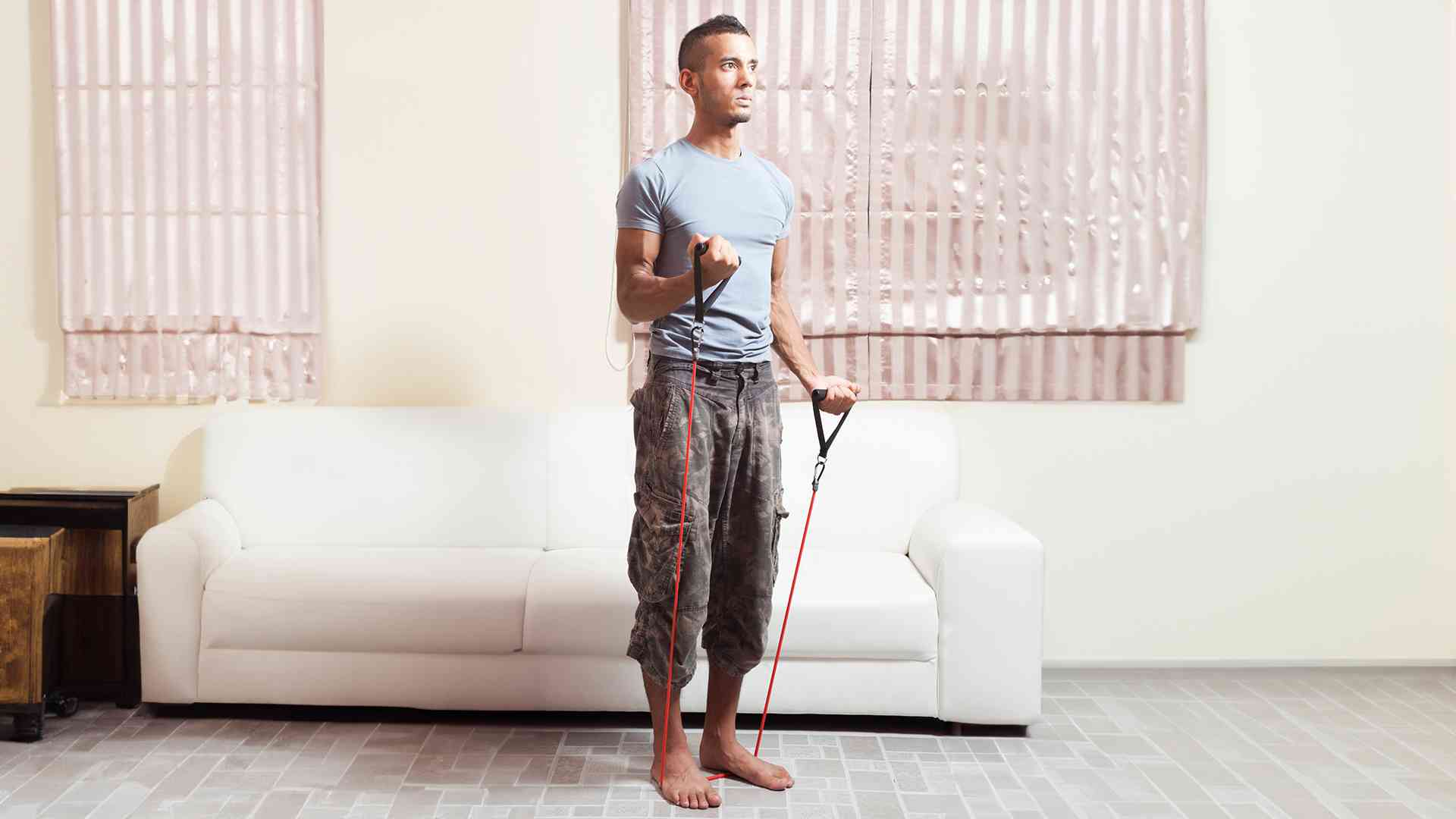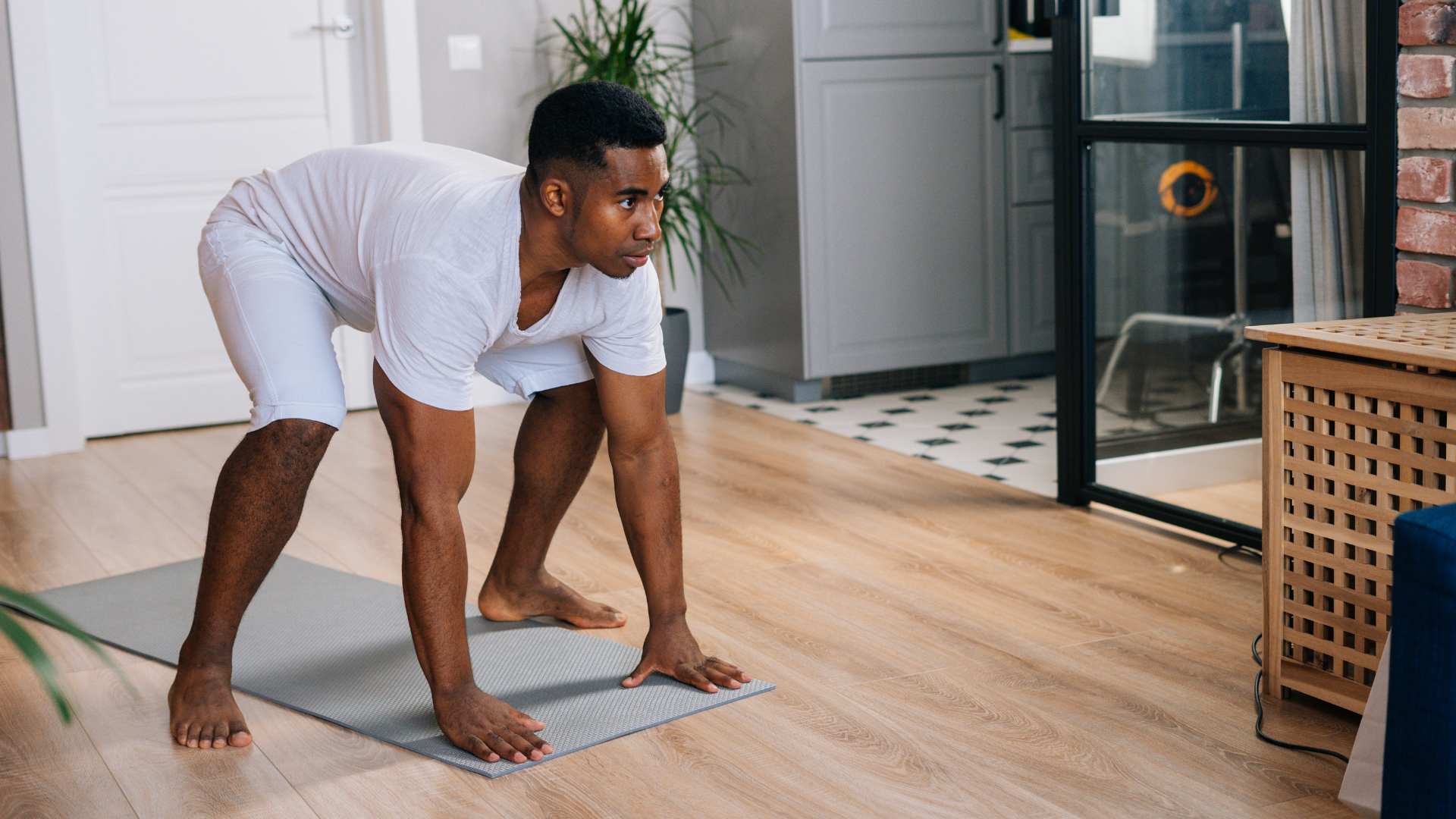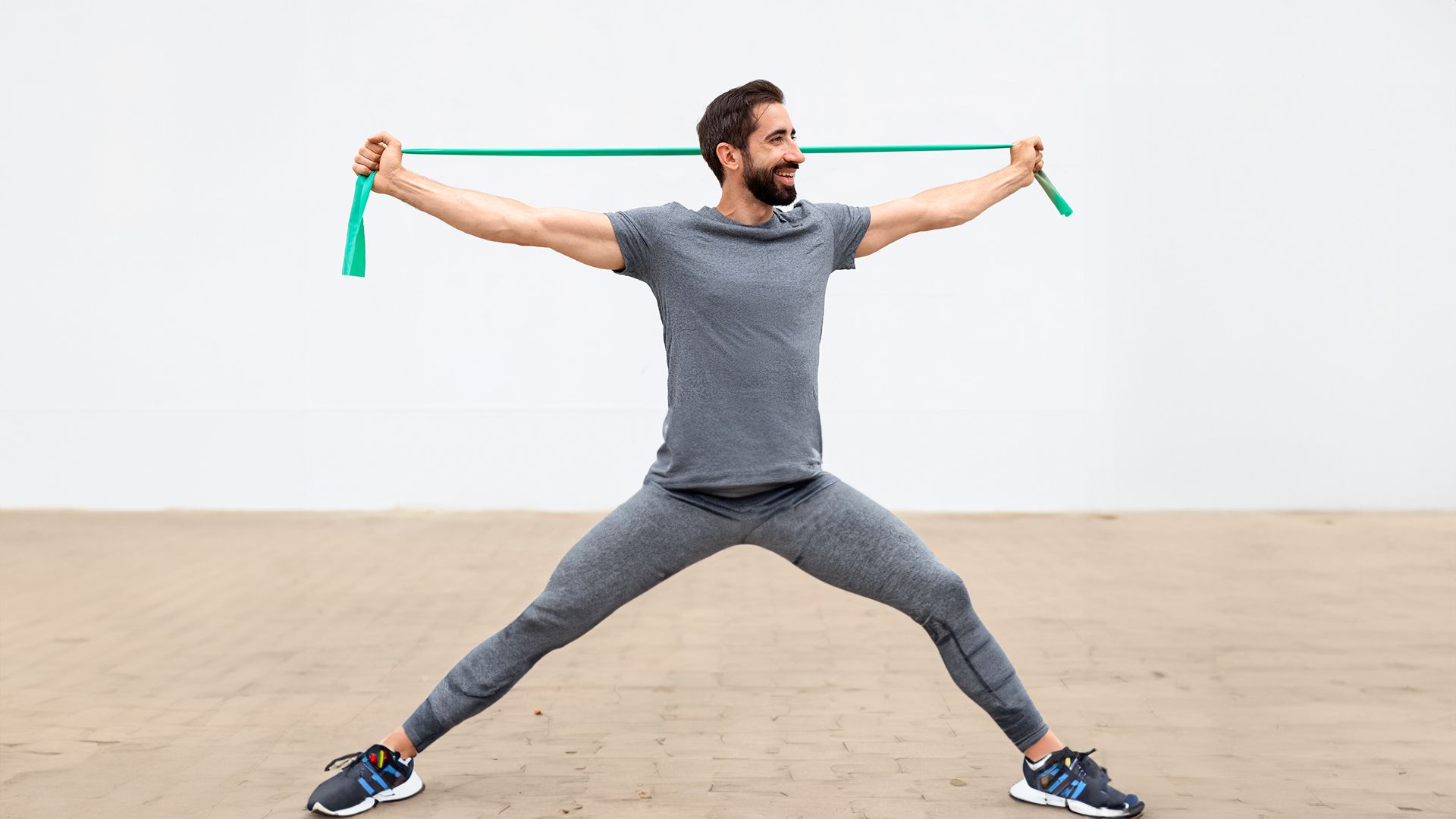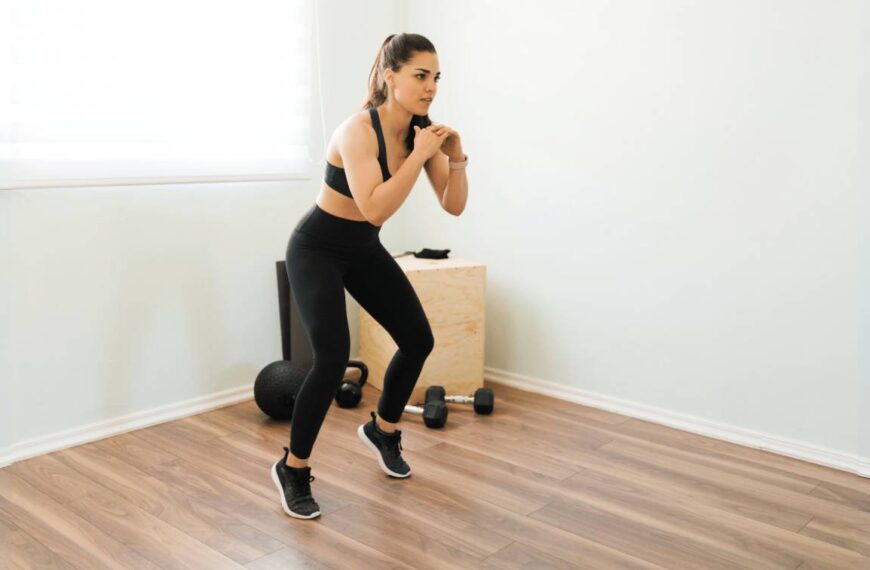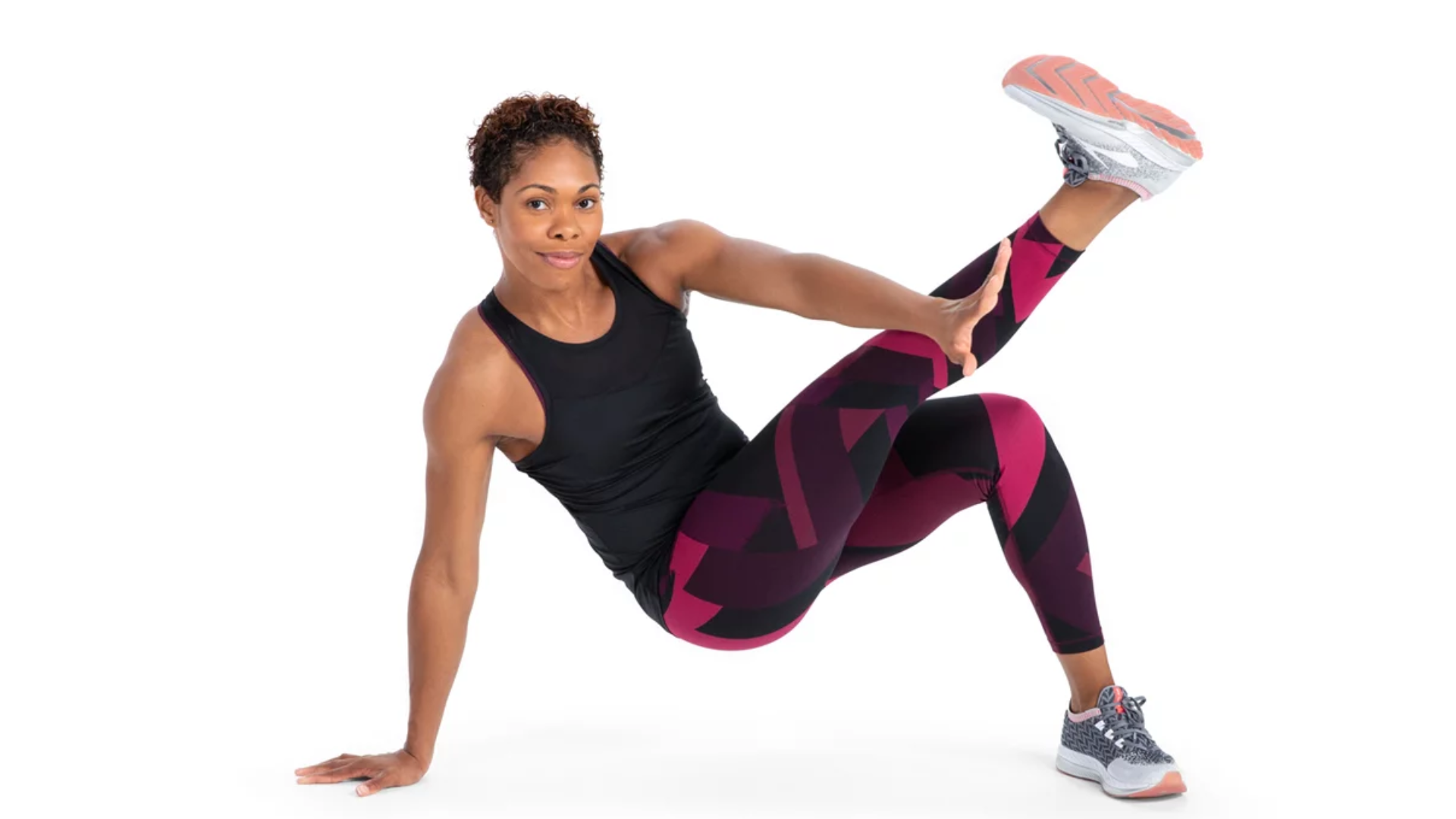Are you looking to add size and definition to your biceps? One effective way to achieve this is through the banded bicep curl exercise. In this article, we’ll cover the benefits of incorporating banded bicep curls into your routine, proper form and technique, step-by-step instructions, variations of the exercise, and tips for maximizing results. We’ll also introduce you to Merlin, your virtual personal trainer for fitness exercises, and explain how its feedback can help you perform the banded bicep curl with proper form and technique.
Banded Bicep Curl Exercise Benefits
- Increased resistance for constant tension throughout the entire range of motion.
- Versatility with different strengths of resistance bands.
- Convenience for at-home or travel workouts.
Benefits of Banded Bicep Curls
| Resistance Band Type | Resistance Level | Best For |
|---|---|---|
| Mini Bands | Light to Medium | Warm-ups, mobility exercises, and high-rep training |
| Loop Bands | Light to Heavy | Bodyweight exercises, stretching, and mobility exercises |
| Tube Bands | Light to Heavy | General strength training, rehabilitation, and isolation exercises |
| Figure 8 Bands | Light to Heavy | Arm and leg exercises, such as bicep curls and squats |
| Super Bands | Heavy to X-Heavy | Powerlifting, general strength training, and assisted pull-ups |
| Power Bands | X-Heavy | Powerlifting, general strength training, and resistance training |
The banded bicep curl exercise is an excellent workout that provides increased resistance for constant tension throughout the entire range of motion. Unlike traditional dumbbell or barbell curls, which only provide resistance during the upward phase of the movement, resistance bands provide resistance during both the upward and downward phases. This constant tension can help stimulate muscle growth and improve overall strength. Resistance bands also come in different strengths, allowing you to adjust the level of resistance based on your fitness level and goals. Additionally, the banded bicep curl exercise is convenient for at-home or travel workouts as resistance bands are lightweight and portable.
Muscles Worked in Banded Bicep Curls
The banded bicep curl exercise primarily targets the biceps brachii muscle, which is located on the front of the upper arm. This muscle is responsible for flexing the elbow joint and lifting the forearm toward the shoulder. In addition to the biceps brachii, the brachialis muscle and brachioradialis muscle are also worked during the exercise. These muscles are located in the forearm and assist with elbow flexion.
Proper Form and Technique for Banded Bicep Curls
Proper form is crucial when performing the banded bicep curl exercise to ensure that you are targeting the correct muscles and avoiding injury. Here are some tips for maintaining proper form throughout the exercise:
- Stand with feet shoulder-width apart and knees slightly bent.
- Grasp the resistance band with an underhand grip, with your hands shoulder-width apart.
- Keep your elbows close to your sides and your upper arms stationary throughout the exercise.
- Slowly curl the band up toward your shoulders, squeezing your biceps at the top of the movement.
- Lower the band back down to the starting position in a controlled manner.
Common mistakes to avoid when performing the banded bicep curl exercise include using momentum to swing the band up, arching the back, and flaring the elbows out to the sides.
Step-by-Step Instructions for Banded Bicep Curls
To perform the banded bicep curl exercise:
- Stand with feet shoulder-width apart and knees slightly bent.
- Grasp the resistance band with an underhand grip, with your hands shoulder-width apart.
- Keep your elbows close to your sides and your upper arms stationary throughout the exercise.
- Slowly curl the band up toward your shoulders, squeezing your biceps at the top of the movement.
- Lower the band back down to the starting position in a controlled manner.
Repeat for the desired number of repetitions.
Variations of Banded Bicep Curls
There are several variations of the banded bicep curl exercise that you can incorporate into your workout routine to keep things interesting and challenge your muscles in different ways.
One variation is to change the placement of the resistance band. For example, you can place the band under your feet and perform the exercise while standing on the band. This variation increases the resistance throughout the entire range of motion.
Another variation is to change your grip and hand placement. For example, you can perform hammer curls by holding the resistance band with a neutral grip and curling the band up toward your shoulders. This variation targets the brachialis muscle more than the biceps brachii.
Finally, you can vary the tempo and range of motion of the exercise. For example, you can perform slow eccentric curls by lowering the band back down to the starting position very slowly, taking 2-3 seconds to complete the downward phase of the movement. This variation increases the time under tension and can help stimulate muscle growth.
Tips for Maximizing Results with Banded Bicep Curls
To maximize your results when performing the banded bicep curl exercise, here are some tips that can help you:
- Start with a resistance band that provides enough tension to challenge your muscles but still allows you to perform the exercise with proper form. As you get stronger, gradually increase the resistance.
- Incorporate other exercises into your workout routine that target the biceps, such as chin-ups and preacher curls.
- Combine banded bicep curls with other upper-body exercises to create a full-body workout routine.
- Use Merlin, your virtual personal trainer for fitness exercises, to get real-time feedback on your form and technique and to help you progress with resistance band placement.
Common Questions and Concerns about Banded Bicep Curls
Here are some common questions and concerns that people have about the banded bicep curl exercise:
- How frequently should I perform the exercise? You can perform the exercise 2-3 times per week as part of your upper-body workout routine.
- How do I properly warm up and cool down before and after the exercise? It’s important to perform a dynamic warm-up before exercising to increase blood flow and prepare your muscles for the workout. After the exercise, perform static stretches to help improve flexibility and reduce muscle soreness.
- How do I modify the exercise for different fitness levels or injuries? If you’re a beginner, start with a lighter resistance band and focus on proper form before increasing the resistance. If you have an injury or condition that affects your ability to perform the exercise, consult with a healthcare professional before attempting the exercise.
Merlin’s App – How It Helps
Merlin, your virtual personal trainer for fitness exercises, can provide real-time feedback on your form and technique when performing the banded bicep curl exercise. It can help you adjust your resistance band placement and ensure that you are using proper form throughout the exercise. This feedback can help you get the most out of your workout and avoid injury.
In conclusion, the banded bicep curl exercise is an excellent way to build sleeve-busting arms. By incorporating this exercise into your workout routine with proper form and resistance, you can see significant improvements in your bicep size and definition. With the help of Merlin, your virtual personal trainer for fitness exercises, you can perform the banded bicep curl with confidence and get the most out of your workout routine.
